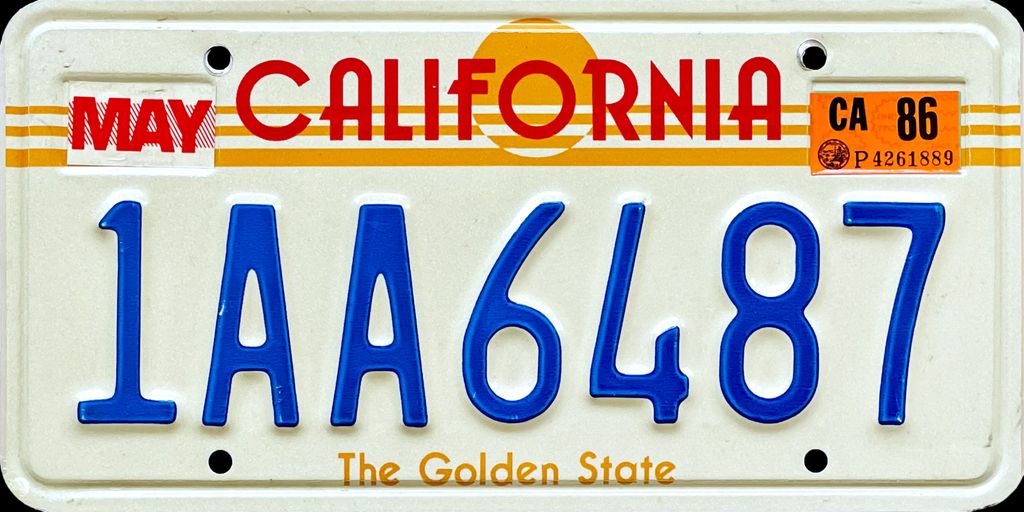
California, often referred to as the Golden State, stands as a region of immense contrasts and profound significance within the United States and on the global stage. Stretching across 163,696 square miles (423,970 km2) on the Pacific Coast, it is not only the largest state by population, home to almost 40 million residents, but also the third-largest by area, bordering Oregon, Nevada, Arizona, and the Mexican state of Baja California. Its geography is a mosaic ranging from the Pacific Coast and bustling metropolitan areas to the towering Sierra Nevada mountains, dense redwood forests, and the stark expanses of the Mojave Desert. This diverse landscape has profoundly shaped its tumultuous history, formidable economy, and unique challenges.
The narrative of California is one of continuous transformation, marked by a rich tapestry of cultures, conflicts, and innovations. From its pre-Columbian origins as one of North America’s most culturally and linguistically diverse areas, through centuries of Spanish and Mexican influence, to its dramatic entry into the United States, California has consistently redefined itself. It is a land where ancient indigenous practices intersect with modern technological breakthroughs, and where agricultural abundance coexists with environmental pressures.
Understanding California requires an in-depth examination of these interwoven threads—its deep historical roots, distinctive geographical features, the forces that have driven its growth, and the persistent issues that define its present and future. This article will meticulously explore key facets of the state, shedding light on how these elements have converged to create the multifaceted entity that is California today, providing context for the enduring complexities and captivating stories that emerge from its vast and varied terrain.
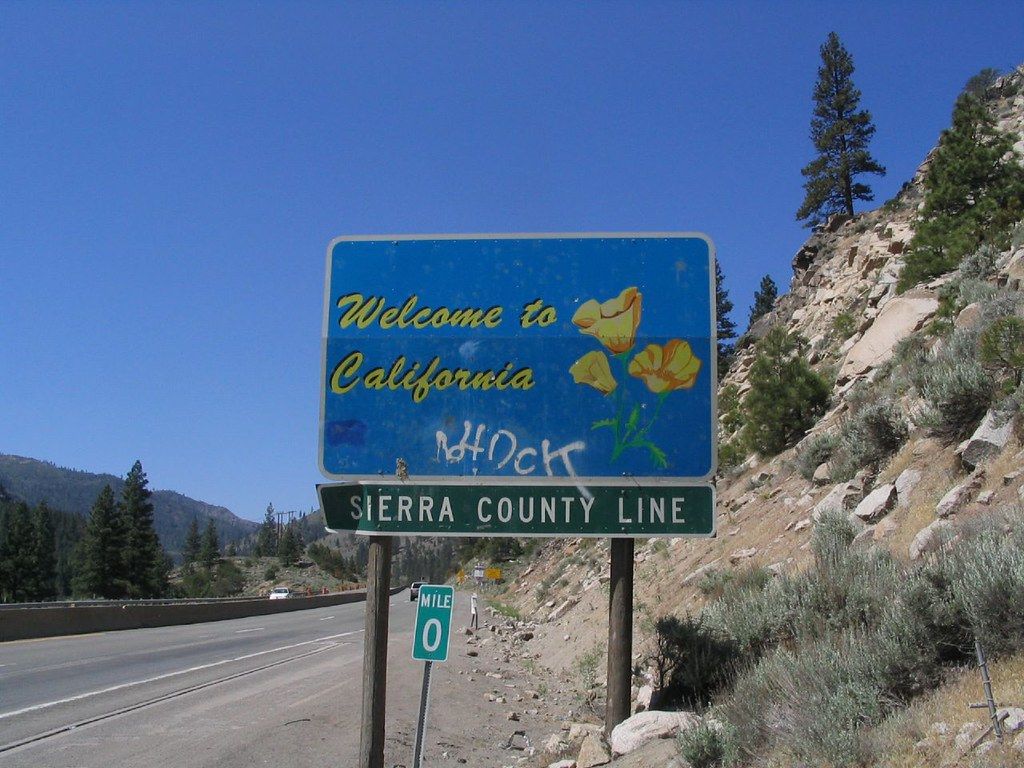
1. **California’s Geographic Diversity and Scale**: California’s physical landscape is a testament to its geological dynamism, presenting a remarkable array of ecosystems and topographical features that contribute to its vastness. As the third-largest state by area in the United States, covering 163,696 square miles, its borders stretch from Oregon down to Baja California, encompassing a breadth of natural environments. This tapestry includes the rugged Pacific Coast, home to major metropolitan centers, transitioning eastward through central valleys to the imposing Sierra Nevada mountains and arid deserts.
At its heart lies the Central Valley, a fertile agricultural area flanked by the Sierra Nevada to the east and coastal mountain ranges to the west, serving as the state’s primary food basket. This valley is further divided by the Sacramento-San Joaquin River Delta, a critical water supply hub that supports nearly two-thirds of California’s population and extensive agricultural operations through a vast network of canals and pumps.
Beyond the valleys, California’s geography extends to impressive extremes, showcasing remarkable contrasts. The Sierra Nevada boasts Mount Whitney, the highest peak in the contiguous 48 states at 14,505 feet (4,421 m). Less than 90 miles away, Death Valley contains Badwater Basin, North America’s lowest and hottest point at -279 feet (−85 m). Forests cover 45 percent of the state, more than any state except Alaska, including ancient bristlecone pines over 5,000 years old. This diverse topography yields varied climates, from northern rainforests to alpine snows and arid deserts.
Read more about: California: Unpacking the Golden State’s Vast Diversity, Economic Might, and Enduring Legacy

2. **The State’s Economic Powerhouse and Global Reach**: California’s economy stands as the largest of any U.S. state, with an estimated 2024 gross state product of $4.172 trillion as of Q4 2024. This economic might positions it as the world’s largest sub-national economy. If independent, it would rank as the fourth-largest economy globally as of 2025, surpassing Japan and trailing only Germany. This formidable standing is underpinned by diverse industries driving national and global prosperity.
A pivotal contributor to California’s economic strength is its agricultural industry, leading the nation in output. This sector is particularly renowned for its production of dairy, almonds, and grapes, benefiting from the fertile Central Valley. Beyond agriculture, California plays a crucial role in global trade and supply chains, largely due to the Port of Los Angeles, the busiest port in the country, handling approximately 40% of goods imported into the United States.
Furthermore, California is a global epicenter for innovation and cultural influence. Hollywood in Los Angeles remains the heart of the U.S. film industry, profoundly shaping global entertainment since the 1920s as one of the oldest and largest film industries worldwide. Concurrently, Silicon Valley in the San Francisco Bay Area is recognized as the global hub for the technology industry, a position cultivated from Stanford University’s encouragement of faculty and graduates to foster high-tech development. This combination of agricultural dominance, pivotal trade infrastructure, and leading positions in entertainment and technology cements California’s status as a multifaceted economic powerhouse.
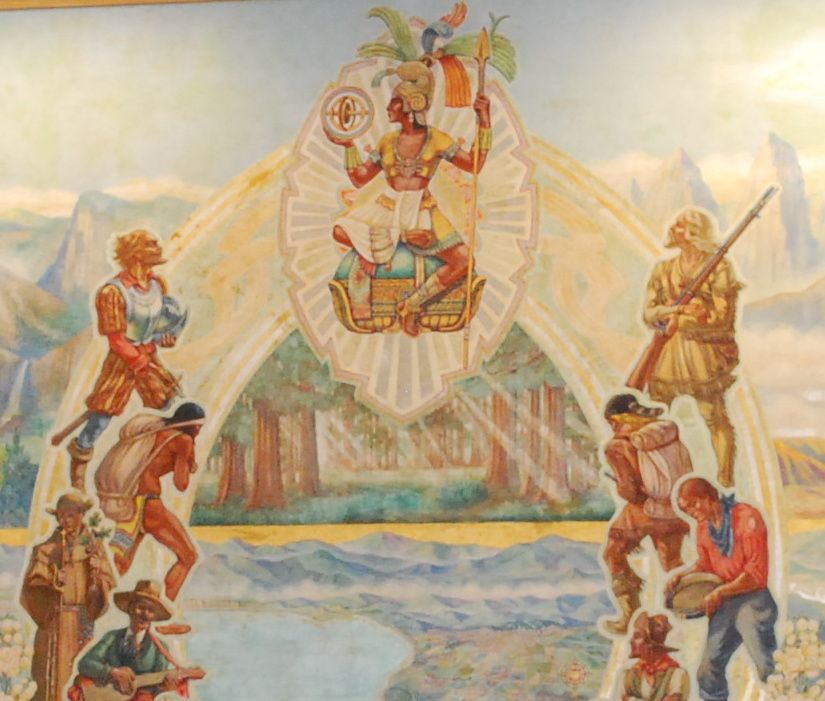
3. **Etymological Roots: The Myth of Queen Calafia and “California”**: The origin of the name “California” is steeped in legend and literary imagination, primarily deriving from a fantastical narrative published in the early 16th century. The word, along with its namesake ruler, Queen Calafia, originates from “Las Sergas de Esplandián” (The Adventures of Esplandián), an epic written by Garci Rodríguez de Montalvo in 1510. This work introduced a mythical island kingdom that captivated the European imagination.
The Spaniards first applied the name “Las Californias” to the peninsula now known as Baja California. As Spanish exploration extended northward, the region known as California expanded to include lands north of the peninsula, eventually becoming the present-day U.S. state. A 2017 state legislative document acknowledges that “all anyone knows is the name was added to a map by 1541 ‘presumably by a Spanish navigator,'” solidifying the literary and speculative origins of this iconic state name.

4. **Pre-Columbian California: Indigenous Diversity and Sustainable Practices**: Prior to European colonization, the area now known as California was an exceptionally rich mosaic of human cultures and languages, one of the most diverse regions in pre-Columbian North America. Historians estimate at least 300,000 people inhabited California before European arrival, comprising over 70 distinct ethnic groups. These communities thrived across diverse environments, from redwood forests and islands to mountains and deserts, showcasing extraordinary adaptation.
These Indigenous peoples developed sophisticated ecosystem management, demonstrating a profound understanding of their natural surroundings. Practices like forest gardening were employed to ensure consistent availability of food and medicinal plants, a method recognized as sustainable agriculture. Crucially, to mitigate large wildfires, Indigenous communities practiced controlled burning. This traditional ecological knowledge was so effective that the California government formally recognized its benefits in 2022.
Political organization varied, from small bands and tribes to villages, and on resource-rich coasts, large chiefdoms like the Chumash, Pomo, and Salinan. Armed conflicts were typically small-scale battles between men, often for vengeance, not territorial acquisition. Societies also featured complex social roles, including individuals referred to by the Spanish as “joyas,” recognized for performing women’s social roles and significant responsibilities in rituals, indicating an intricate and inclusive social fabric.
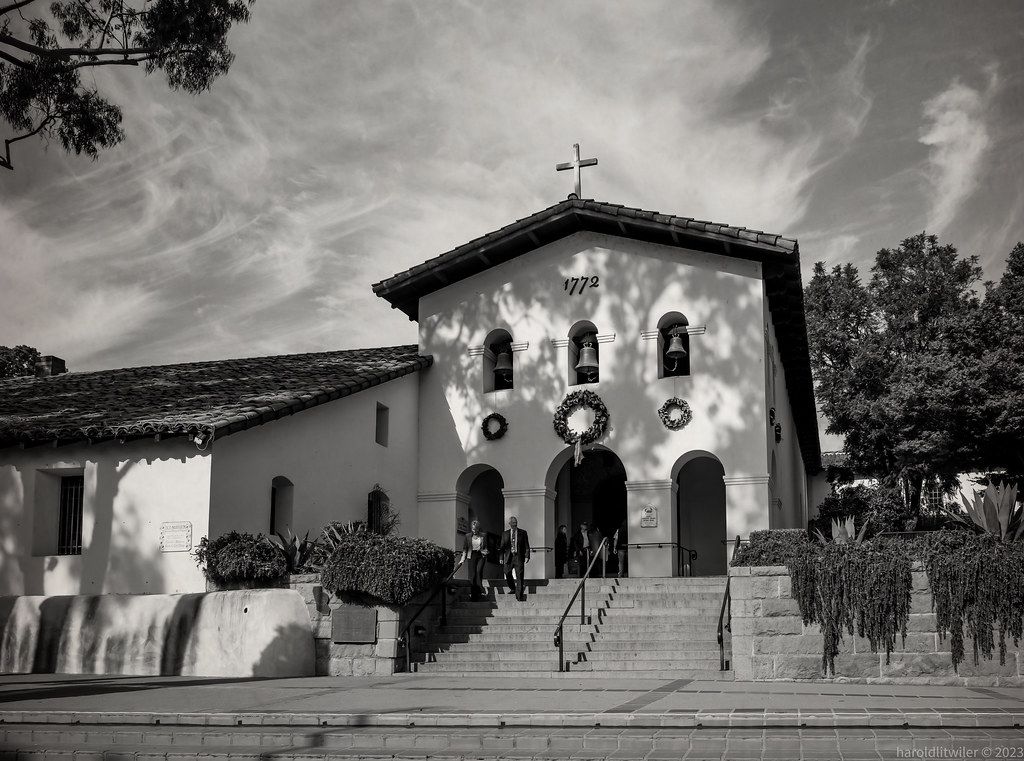
5. **Spanish Colonization: Missions, Expeditions, and Early Settlements**: The European chapter of California’s history began in 1542 with a Spanish maritime expedition led by Portuguese captain Juan Rodríguez Cabrillo, claiming the territory for the Spanish Empire. This exploration reached San Miguel Island. Decades later, Sebastián Vizcaíno further explored and mapped the coast in 1602, putting ashore in Monterey, yet the misconception of California as an island persisted on European maps well into the 18th century.
A pivotal turn occurred with the Portolá expedition of 1769–70, which systematically established Spanish presence. Gaspar de Portolá led the military and civil contingent, while Junípero Serra headed the religious component. This expedition founded Mission San Diego de Alcalá and the Presidio of San Diego in 1769, followed by the Presidio of Monterey and Mission San Carlos Borromeo de Carmelo in 1770, strategically positioning Spanish control.
Father-President Serra spearheaded the establishment of 21 Spanish missions along “El Camino Real” (The Royal Road), many becoming nuclei for major Californian cities like San Francisco, San Diego, Ventura, and Santa Barbara. The Juan Bautista de Anza expedition (1775–76) extended Spanish influence into the interior, selecting sites for future settlements and naming rivers. San Jose was founded in 1777 by José Joaquín Moraga, becoming California’s first civilian-established city. Concurrently, the Russian Empire briefly established Fort Ross in 1812 on the northern coast, though this failed as a long-term venture.

6. **The Shift to Mexican Rule and the Rise of Ranchos**: The transition from Spanish colonial rule to independent Mexican governance in Alta California was largely uneventful within the territory, even as Mexico fought its War of Independence. In 1821, with Mexico’s successful secession from Spain, Alta California became a remote, sparsely populated administrative district of the new Mexican Empire, which soon became a republic. Many Californios welcomed independence, believing Spain had neglected their region and hindered its development.
A significant outcome of Mexican independence was the liberalization of trade, allowing California ports to freely engage with foreign merchants, previously limited under Spanish rule. A defining transformation was the secularization of the missions by 1834. These missions, controlling much prime land, became Mexican government property. This led to extensive land grants, giving rise to huge ranchos or cattle ranches.
These ranchos, primarily owned by Californios, quickly dominated Mexican California, engaging in a flourishing trade of cowhides and tallow with Boston merchants. Beef became a significant commodity only after the 1849 California Gold Rush. This era also saw American and Canadian settlers arrive via challenging trails. Amidst unstable early Mexican government, California experienced armed disputes, with figures like Juan Bautista Alvarado briefly declaring independence, underscoring the turbulent shifts prior to American acquisition.
Read more about: California: Unpacking the Golden State’s Vast Diversity, Economic Might, and Enduring Legacy
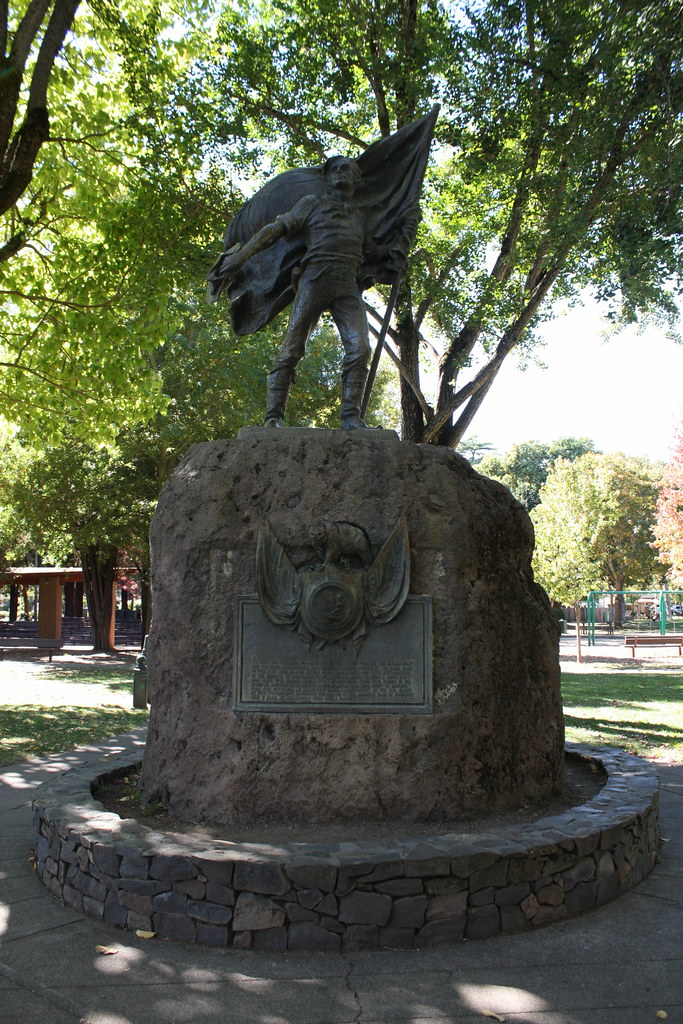
7. **The American Conquest and the Brief California Republic**: The mid-19th century ushered in a pivotal period for California, culminating in its integration into the United States. In 1846, American settlers in the Sonoma area initiated the Bear Flag Revolt, raising a flag emblazoned with a bear, a star, and the words “California Republic.” This act of rebellion, which briefly established the California Republic under its only president, William B. Ide, served as a direct prelude to the broader American military invasion of the territory. The revolt was closely coordinated with American military commanders already positioned nearby, signaling the impending conflict.
The short-lived California Republic soon gave way to the larger events of the Mexican–American War, which began in the same year. Commodore John D. Sloat of the United States Navy initiated the U.S. military invasion by sailing into Monterey Bay in 1846, leading to Northern California’s rapid capitulation to American forces within less than a month. However, resistance continued in Southern California, where Californios—Hispanic residents native to California—engaged American forces in notable military encounters such as the Battle of San Pasqual and the Battle of Dominguez Rancho.
The period of armed conflict concluded with the signing of the Treaty of Cahuenga on January 13, 1847. This ceasefire agreement, signed by Californio Andrés Pico and American John C. Frémont, effectively secured de facto American control over California. Following the Treaty of Guadalupe Hidalgo in February 1848, which formally ended the Mexican–American War, the western portion of the annexed Mexican territory of Alta California was poised to become the American state of California, while the remaining areas were subdivided into new U.S. territories.
Read more about: Pennsylvania: A Tapestry of American History, From Founding Principles to Contemporary Dynamics
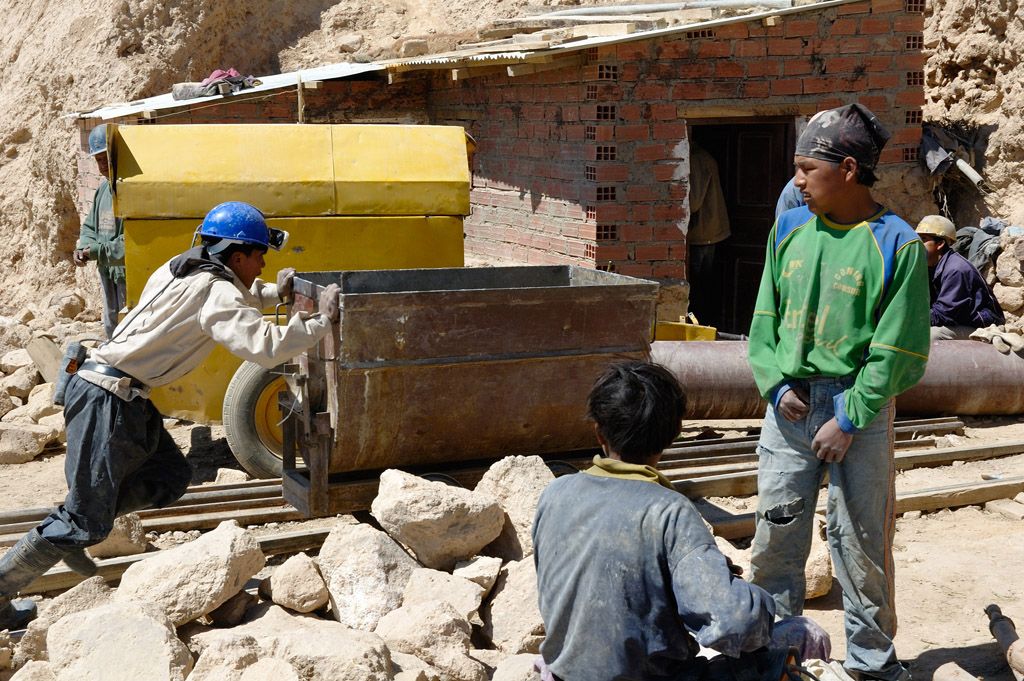
The story of California is a testament to relentless movement, a state shaped by its magnificent geography and the unwavering ambition of its residents. From the ancient wisdom of its indigenous peoples to the early American settlers, its story is one of innovation born out of necessity and the ongoing effort to blend the past with the pursuit of a diverse and sustainable future. It is a microcosm of the American experience, always moving toward the next horizon.



